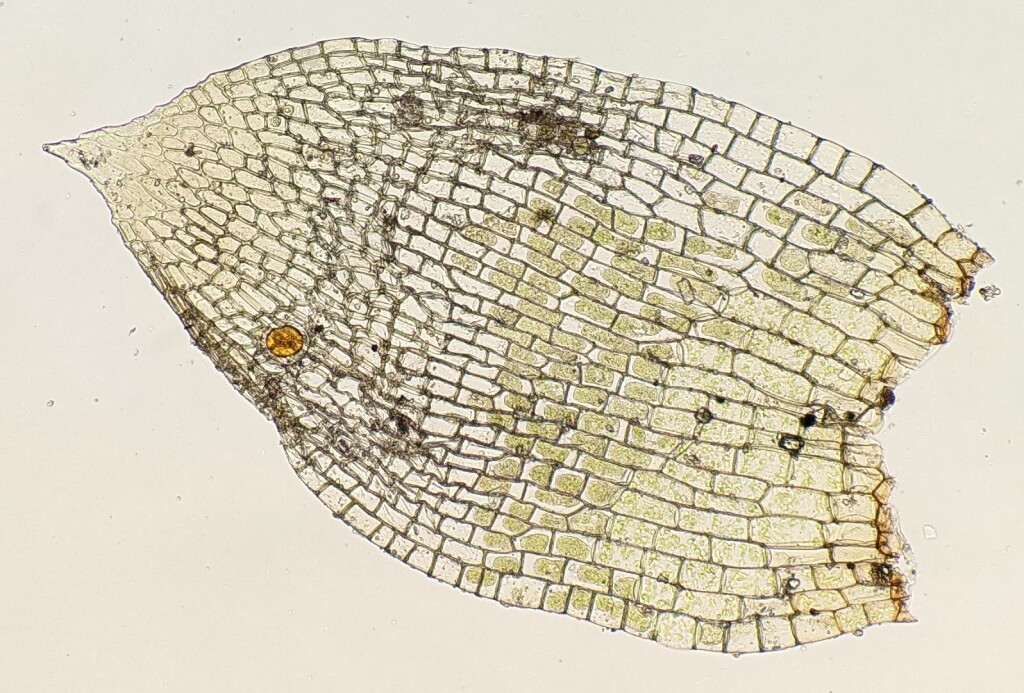Goniomitrium
Paroicous. Asexual reproduction rarely by rhizoidal tubers (not in Victoria). Plants scattered or gregarious on soil. Stems very short, to c. 2 mm long, simple or rarely forked, covered in rhizoids near base; central strand weak. Leaves ovate to obovate-spathulate, erect- or wide-spreading when moist, appressed and sometimes moderately contorted when dry; apex obtuse, apiculate, acute or acuminate, sometimes piliferous; costa absent, weakly developed and short, narrow and discontinuous or well developed (not in Victoria) and percurrent to excurrent; margins entire, plane, without a border; laminal cells hexagonal, rhomboidal, oblong or quadrate, often more oblong and larger toward base; alar cells not differentiated. Seta smooth. Capsules erect, symmetric, immersed to shortly-exserted, ellipsoid to globose before dehiscence, globose, cupulate or somewhat pyriform after dehiscence, with a weakly differentiated annulus, with numerous stomata. Calyptra mitrate, with a stout short rostrum, with 8 radial pleats, 8-lobed at base, completely covering immature capsule and often persisting after dehiscence, toothed near apex. Operculum plano-convex. Peristome absent. Spores large, usually greater than 50 μm diameter.
Possibly four species, one species from Spain and the Canary Islands, one from the Central African Republic which is based on sterile material and may not belong to this genus, one in southern Africa, and one in Australia and New Zealand (Puche 2006; Fife & Seppelt 2012); one species in Victoria.
 Spinning
SpinningFife, A.J.; Seppelt, R.D. (2012). Australian Mosses Online. 67. Funariaceae: Goniomitrium.
Puche, F. (2006). A new record of Goniomitrium seroi Casas in the Iberian Peninsula. Boletín de la Sociedad Española de Briología 28: 67–71.




